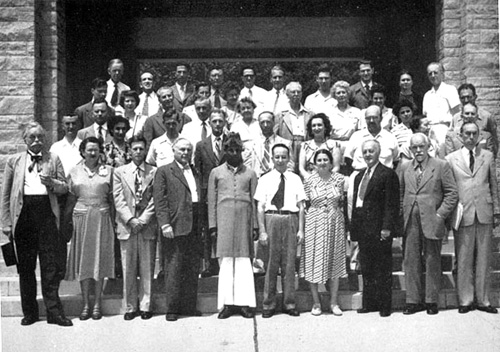
In November 1957 Mose Allison recorded what would became his most celebrated and requested piece: Parchman Farm, a wickedly clever blues written from the viewpoint of an inmate at the infamous Mississippi State Penitentiary. But by the mid-1960s Allison had ceased performing the song, reportedly disturbed by audience reactions to it.
The adverse reactions were prompted by the song’s surprise ending, where the seemingly sympathetic prisoner-singer suddenly declares “I’m a-gonna be here for the rest of my life, and all I did was shoot my wife.”
Such responses to a song whose title evokes the Jim Crow South, and whose author is a white performer whom many listeners have assumed to be black, are worthy of closer scrutiny. In addition to its surface appeal, Parchman Farm possesses subtextual layers replete with complex, troubling questions about race, gender, and power, particularly as these manifest in popular discourses about blues.
Allison returned to the topic in 1964 with New Parchman, which offers an implicit critique of the ideology informing the 1957 work.
This according to “One Parchman Farm or another: Mose Allison, irony, and racial formation” by John Kimsey (Journal of popular music studies XVII/2 [2005] pp. 105–32).
Today would have been Mose Allison’s 90th birthday! Below, the original Parchman Farm and its sequel.











